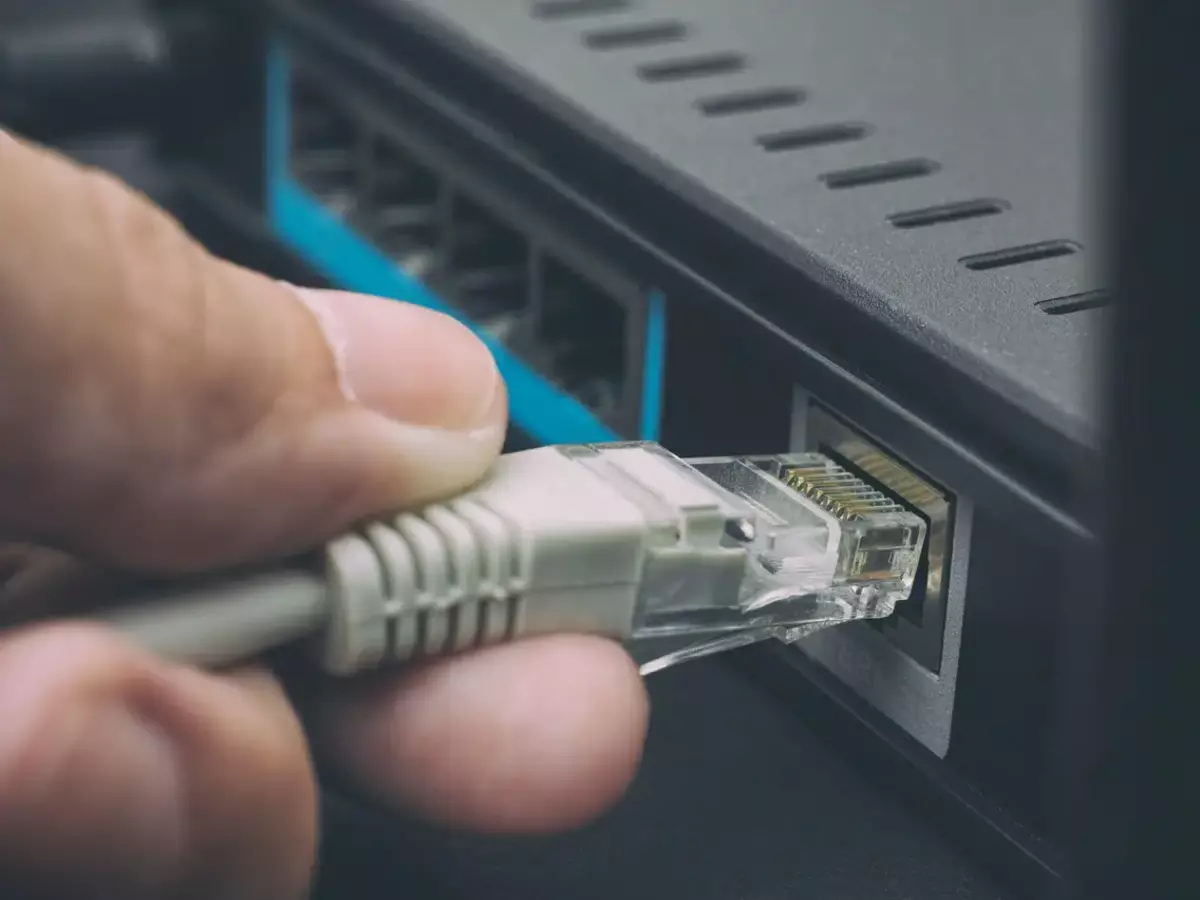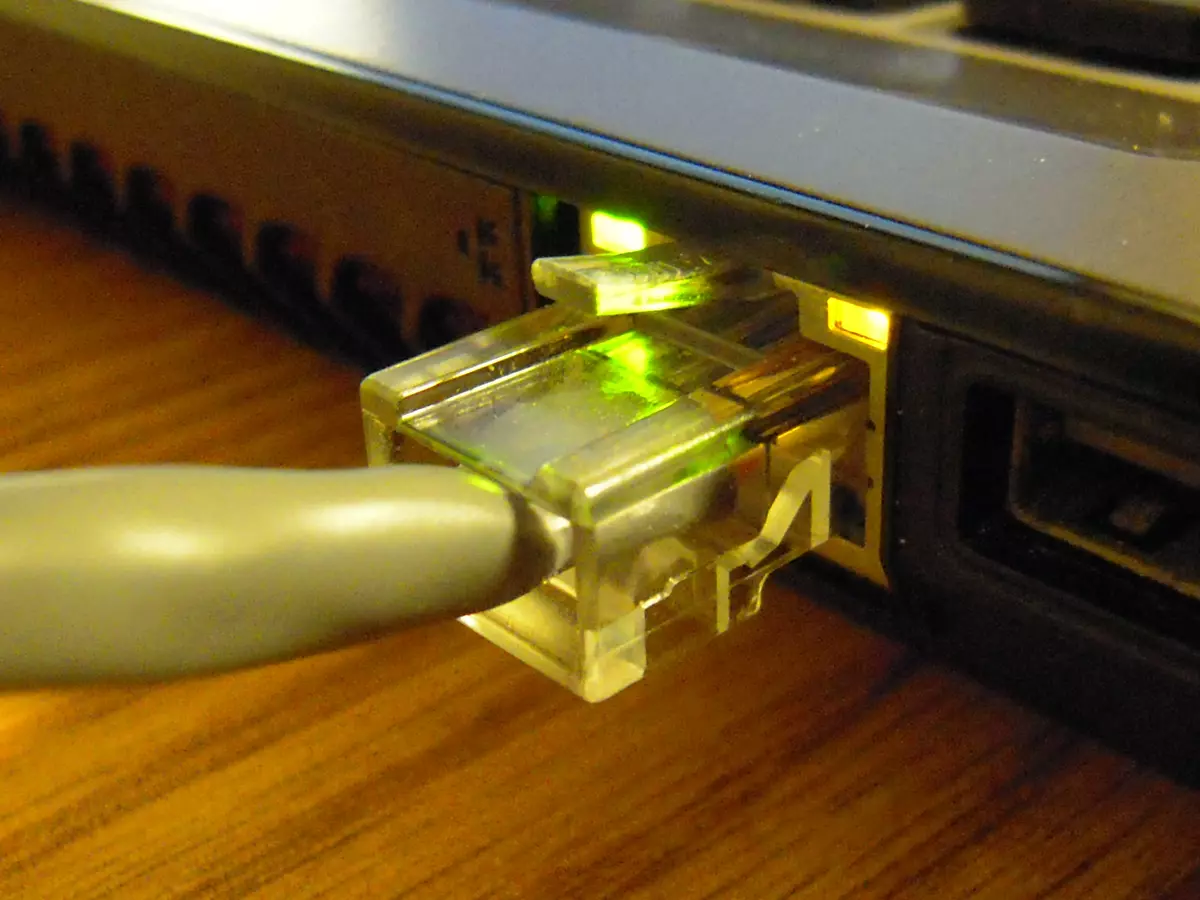In order to connect to Internet you can use both WiFi networks or Ethernet cables today. While wireless networks are more prevalent that they were a few years back, we’ll explore the reasons why Ethernet cables still have a strong presence in the market. Here you will learn which features take into account and the benefits or wired connections in comparison to wireless ones.
Ethernet cables are very common in desktop computers but we can also connect televisions or mobile phones with the proper device. Even though the world seems to point towards the disappearance of wired connections, there are still lots of reasons to make use of them.

Why should you use Ethernet cables
You should keep in mind that there are different kinds of Ethernet cables. Not all of them have the same speed or reach. Therefore, choosing the right cable type is crucial for achieving a good connection performance as well as avoiding issues while navigating the Internet.
Protocol incompatibility
The first reason to use Ethernet cables instead of wireless connection is the compatibility with latest WiFI protocols. If you want to enjoy the maximum speed through wireless networks you must have devices with WiFi 6 support. This requirement doesn’t apply only to the mobile phone or laptop but also to the router as well. If you buy a WiFi 6E model your WiFi network hard also needs to support the technology in order to connect to the 6GHz band. Otherwise you won’t be able to connect. There are some models compatible with WiFi 6E such as Ax210 and AX211 from Intel, and Broadcom and Mediatek also develop WiFi 6 devices.
The compatibility issues are not present when connecting through Ethernet cables. You can always reach the maximum speed connection. For example, you can use the CAT 6 Gigabit Ethernet cable and use the 1 Gbps speed symmetrically and without any problem. Through WiFi connection it’s harder to obtain such great values. The CAT 6 provides speeds up to 10 Gbps if you have the correct network equipment. But in short distances you can use these speeds in a fairly easy way. For example, if you want to set up a Multigigabit or 10GB network, you should buy CAT 6A or CAT 7 cables.
Coverage problems
The coverage issues with an Ethernet cable connection should also be mentioned. WiFi access is not always available in the entire building. The dead zones are those when the signal is weaker. This doesn’t happen with cable connection. You can bring an Ethernet cable directly to your device in order to connect it.
Coverage issues with wireless Internet will still happen but Ethernet cable can skip that issue. If you have a good Ethernet cable installation you won’t never have coverage issues.
Future technology issues
Another important aspect to consider is the future of technology. Nowadays we have Gigabit technology as general and fundamental. Most of the network cards and routers support up to 1 Gbps symmetrically. But we will gradually see more devices with improved capability up to 1’ Gbps for example. High-end routers today have 10G ports for both WAN and LAN connection, allowing us to prepare for the 10 Gbps connections of the future.
The fiber optic technology is also improving to reach these values. We will be able to use cloud services at a faster speed and improve drastically the usages of virtual reality and other apps. WiFi connection will also improve, but the Ethernet cable connection will reach faster speeds earlier.
Ethernet cable connection for multiple devices
The Ethernet cable connection is not only useful for mobile devices, laptops of television. You can also use it to improve the Internet signal. For example, using a powerline communication device or a Mesh system with an Ethernet cable improves your WiFi signal. You could also use the famous wireless repeaters that use the cable to obtain the signal to repeat. Combining wireless and Ethernet cable connection you can obtain best results for your Internet experience.
Finally, we can guess that Ethernet cables will still be present for at least some time in the near future. It’s true that wireless networks have improved, but there will always be some limitations to take into account.


Do you have any questions or problems related to the topic of the article? We want to help you.
Leave a comment with your problem or question. We read and respond to all comments, although sometimes it may take a while due to the volume we receive. Additionally, if your question inspires the writing of an article, we will notify you by email when we publish it.
*We moderate comments to avoid spam.
Thank you for enrich our community with your participation!